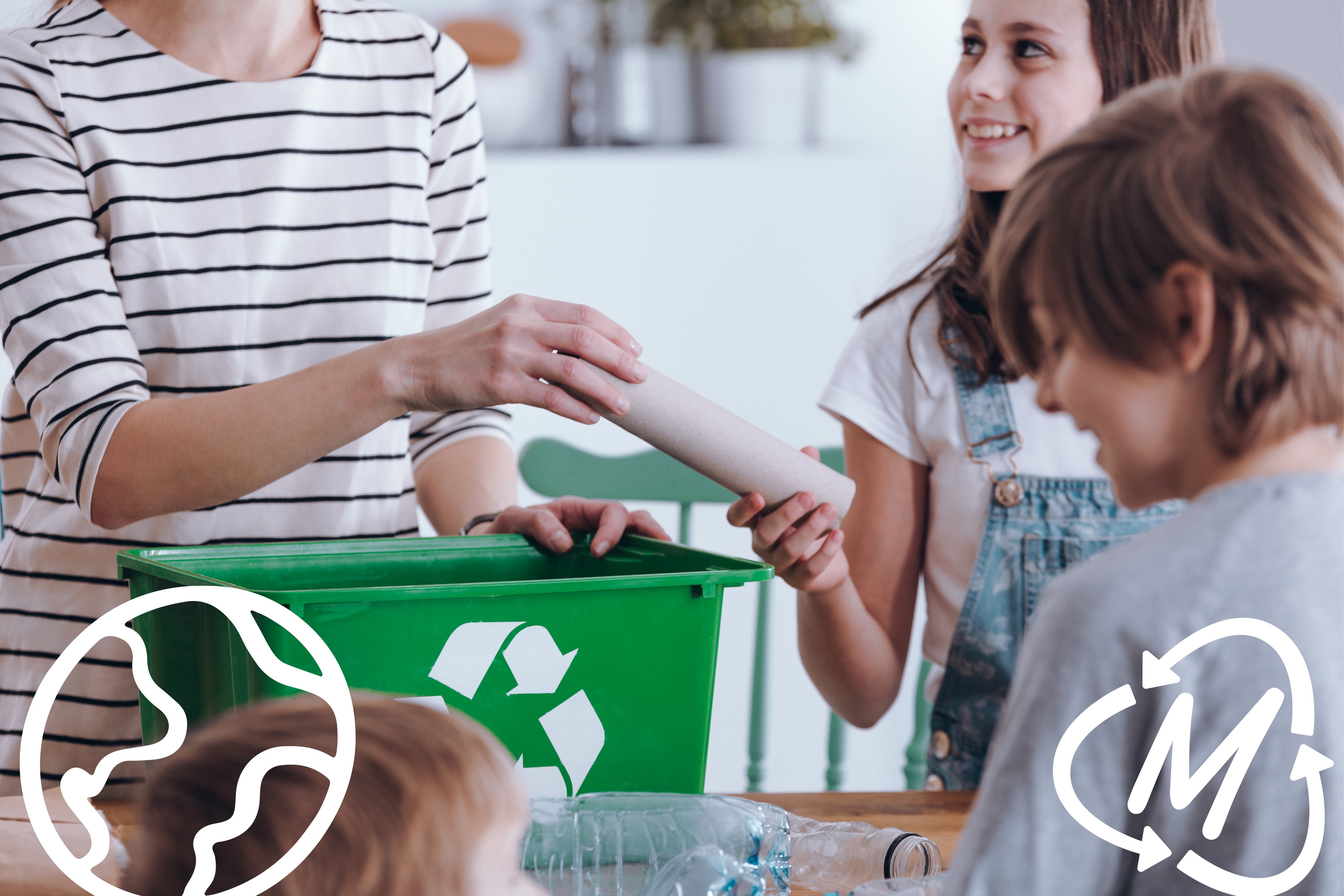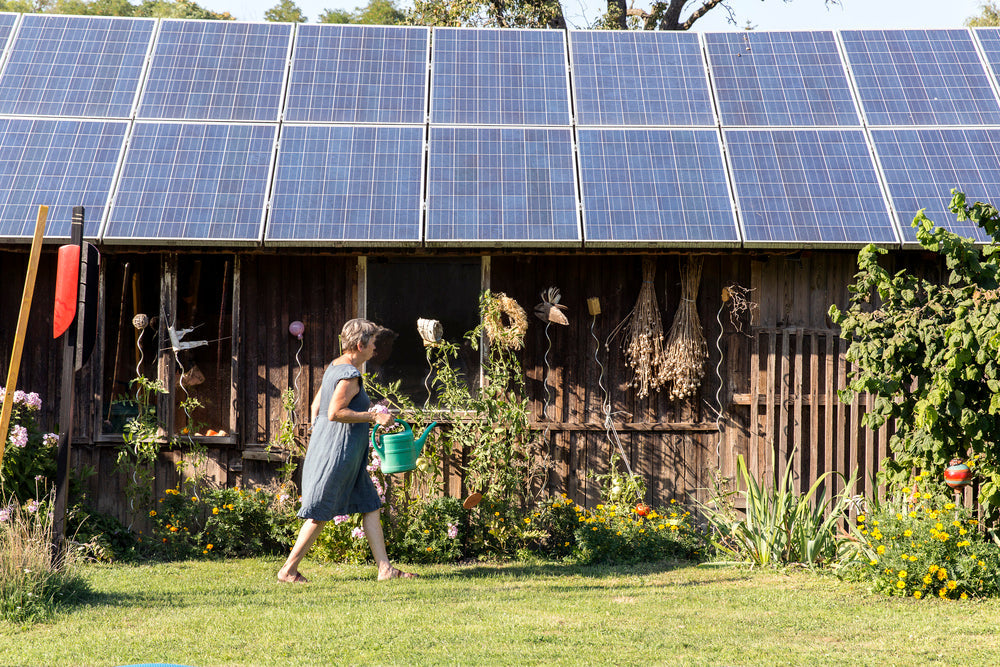The concept of the 3 R's of recycling—reduce, reuse, and recycle—forms the foundation of sustainable waste management. As environmental concerns grow, it becomes more important than ever to integrate these practices into daily life. At Marley's Monsters, we embrace the 3 R's and encourage our community to follow them, helping reduce waste and minimize the environmental impact. But what exactly do these three pillars stand for, and how can they be applied to create a more sustainable world?
What Do the 3 R's of Recycling Stand For?
The 3 R's of recycling—reduce, reuse, and recycle—represent three key strategies for minimizing waste and conserving natural resources. Each element plays a crucial role in reducing the overall footprint of human activities on the environment. While the concept might seem simple, its impact can be profound when applied on a global scale.
- Reduce: This is the first and most important of the 3 R's. It encourages us to consume less and avoid unnecessary purchases. Reducing waste begins with thoughtful consumption, whether it’s cutting down on single-use products, avoiding excessive packaging, or opting for items with a longer life span.
- Reuse: Reusing means finding new uses for items rather than throwing them away. This can involve repurposing household items, donating clothes and goods, or even participating in creative upcycling projects. By reusing items, we extend their life cycles and decrease the demand for new products.
- Recycle: The last of the R's, recycling refers to the process of converting waste materials into new products. Recycling helps conserve resources, save energy, and reduce pollution. However, recycling should be viewed as a last resort after reduction and reuse, as it still requires energy and resources.
By embracing these three strategies, individuals and communities can make a significant impact on reducing waste, conserving natural resources, and promoting sustainable living.
Why Are the 3 R's of Recycling Important?
Understanding what the three R's of recycling mean is essential, but why are they so important in the first place? The 3 R's contribute to reducing our reliance on landfills, which are rapidly filling up and pose serious environmental risks. Landfills emit methane gas, a potent greenhouse gas, and can contaminate local soil and water sources. By reducing, reusing, and recycling, we can help divert waste from landfills and reduce the pollution they cause.
Another important aspect of the 3 R's of recycle is their role in conserving natural resources. Many products are made from non-renewable resources like fossil fuels and minerals. When these resources are depleted, they cannot be replaced. Reducing consumption and reusing items help minimize the extraction of raw materials, while recycling allows us to reclaim materials like paper, metal, and plastic, reducing the need for virgin resources.
Finally, the 3 R's help to lower energy consumption. Manufacturing new products from raw materials requires far more energy than recycling existing materials. For example, recycling aluminum saves 95% of the energy required to produce it from raw materials. This reduction in energy use also decreases carbon emissions, further mitigating the effects of climate change.
Applying the 3 R's of Recycling in Daily Life
Incorporating the 3 R's of recycling into your daily routine is easier than you might think, and even small changes can make a big difference. Here are some 3 R's of recycling activities that anyone can adopt:
- Reduce: When shopping, choose products with minimal packaging or buy in bulk to cut down on waste. Opt for digital receipts instead of printed ones and try to limit single-use plastics like water bottles and plastic bags.
- Reuse: Get creative with old items around the house. Glass jars can be repurposed for storage, and old clothes can be upcycled into cleaning rags or even new fashion pieces. Additionally, consider buying secondhand whenever possible, whether it's clothes, furniture, or electronics.
- Recycle: Set up a proper recycling station at home to make it easy for everyone to participate. Learn about what materials are accepted in your local recycling program and sort items accordingly. Also, look out for community recycling events where you can dispose of items like electronics or hazardous materials that aren’t accepted in regular curbside pickup.
Educating children about the importance of the 3 R's is another crucial step in creating long-lasting change. A cub lesson plan for the 3 R's of recycling can teach kids the significance of reducing, reusing, and recycling through hands-on activities like sorting recyclable materials or crafting with reused objects. Instilling these values early encourages environmentally conscious behaviors that will stick with them throughout their lives.
The Broader Impact of the 3 R's
The benefits of following the three R's of recycling extend beyond waste reduction. These principles also contribute to combating climate change, protecting ecosystems, and promoting social equity. When we reduce the consumption of goods, we decrease the energy needed for production and transportation, lowering greenhouse gas emissions. Similarly, reusing items helps limit the extraction of resources from natural habitats, preserving biodiversity.
In addition, recycling supports the economy by creating jobs in recycling and manufacturing industries. When businesses and communities prioritize sustainable practices, they contribute to a circular economy—where waste is minimized, and materials are continually repurposed or recycled.
The 3 R's as a Path to Sustainability
The 3 R's of recycling—reduce, reuse, and recycle—are powerful tools for reducing waste, conserving resources, and protecting the environment. By incorporating these practices into our daily lives, we can make a meaningful impact on the planet’s health. Whether it’s cutting down on consumption, finding creative ways to reuse old items, or recycling materials whenever possible, each step we take contributes to a more sustainable future.
At Marley's Monsters, we are committed to supporting these efforts and encouraging sustainable living through our products and practices. Let’s work together to make the 3 R's not just a guideline but a way of life.
Sources:
Environmental Protection Agency: Learn the 3 R's of Recycling
https://www.epa.gov/recycle/reducing-and-reusing-basics
World Wildlife Fund: The Importance of Reducing and Reusing
https://www.worldwildlife.org/stories/the-importance-of-reducing-and-reusing
Green Education Foundation: 3 R’s of Waste Management for Kids
https://www.greeneducationfoundation.org/nationalgreenweeksub/wastereduction-tips-menu/1647-reduce-reuse-recycle.html










